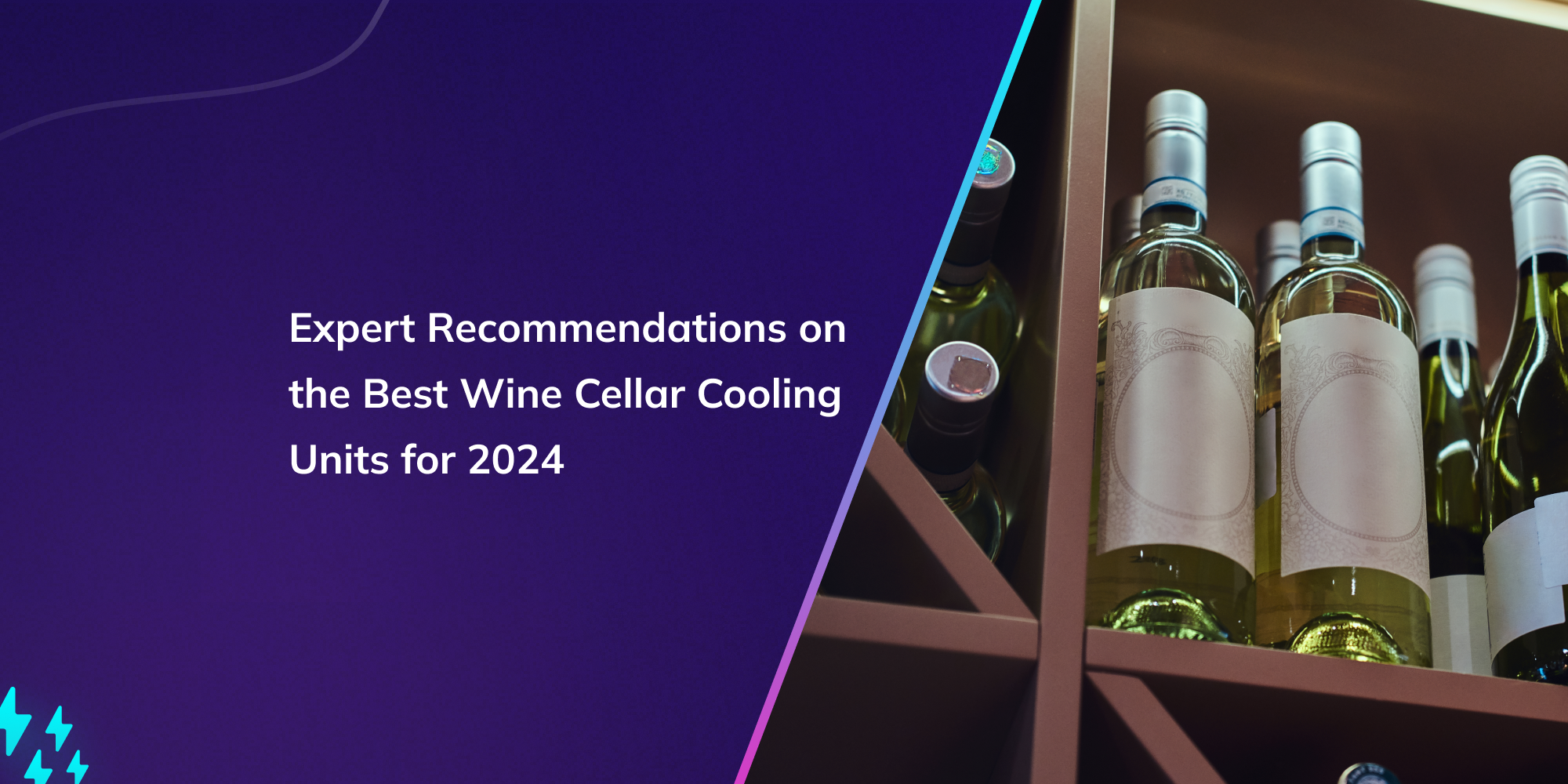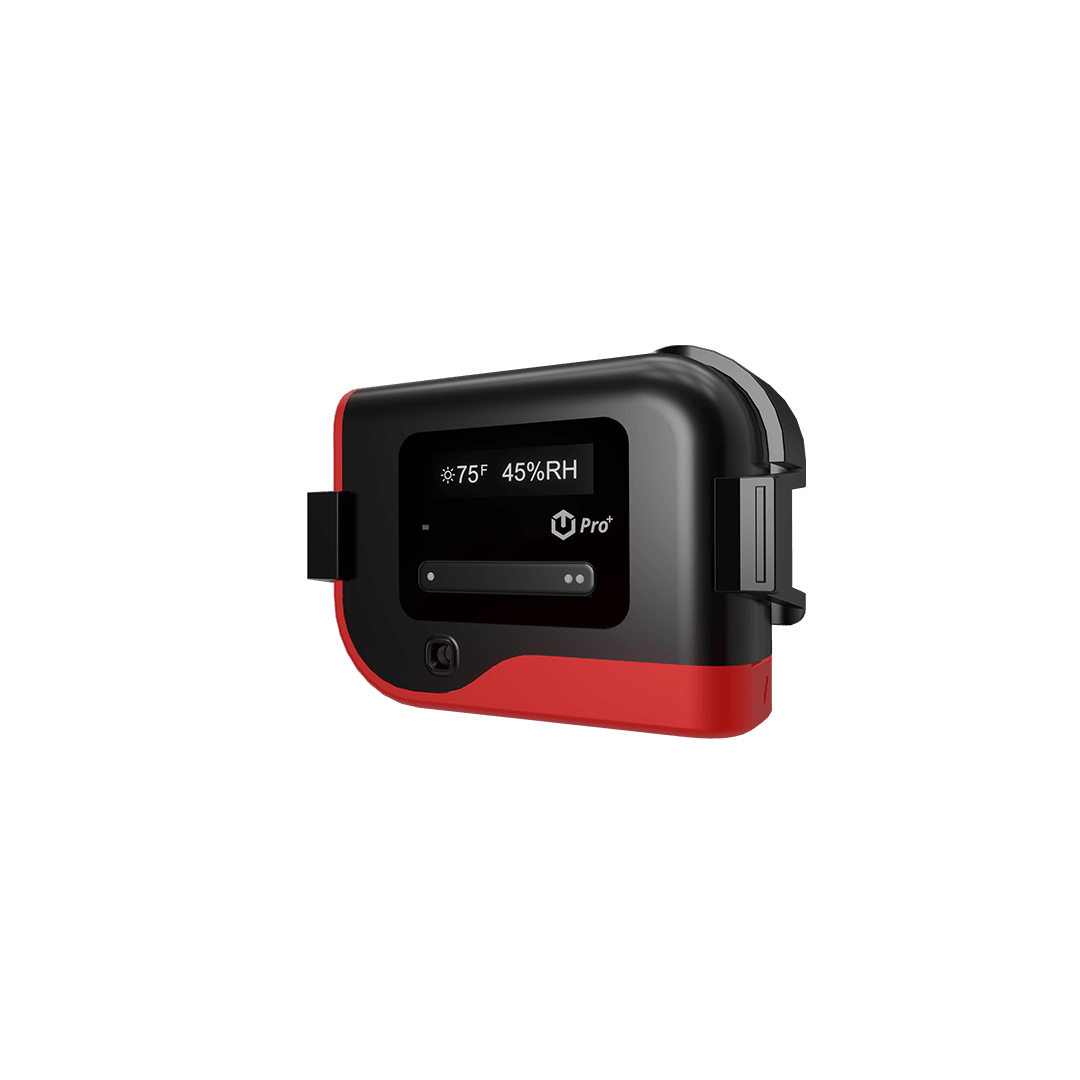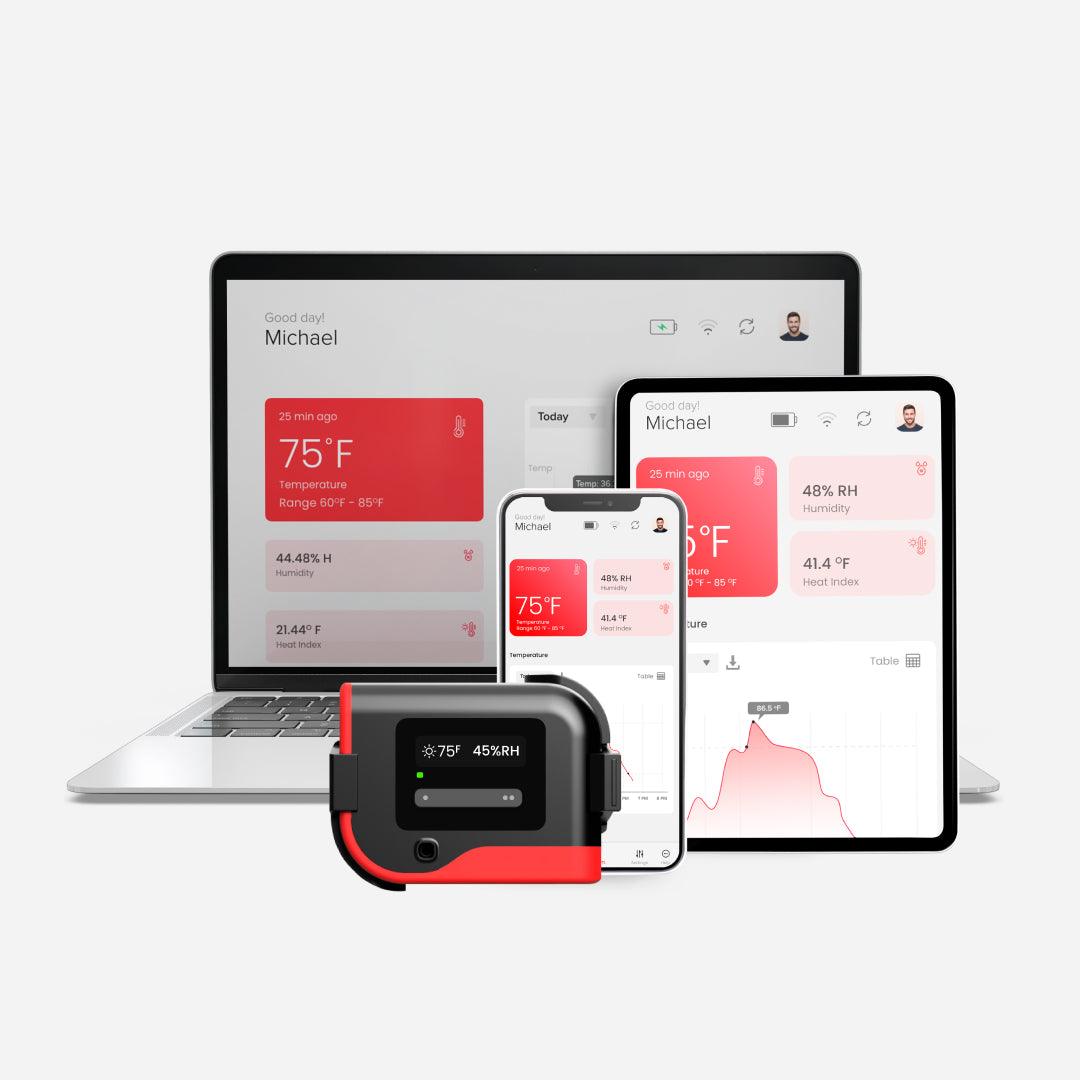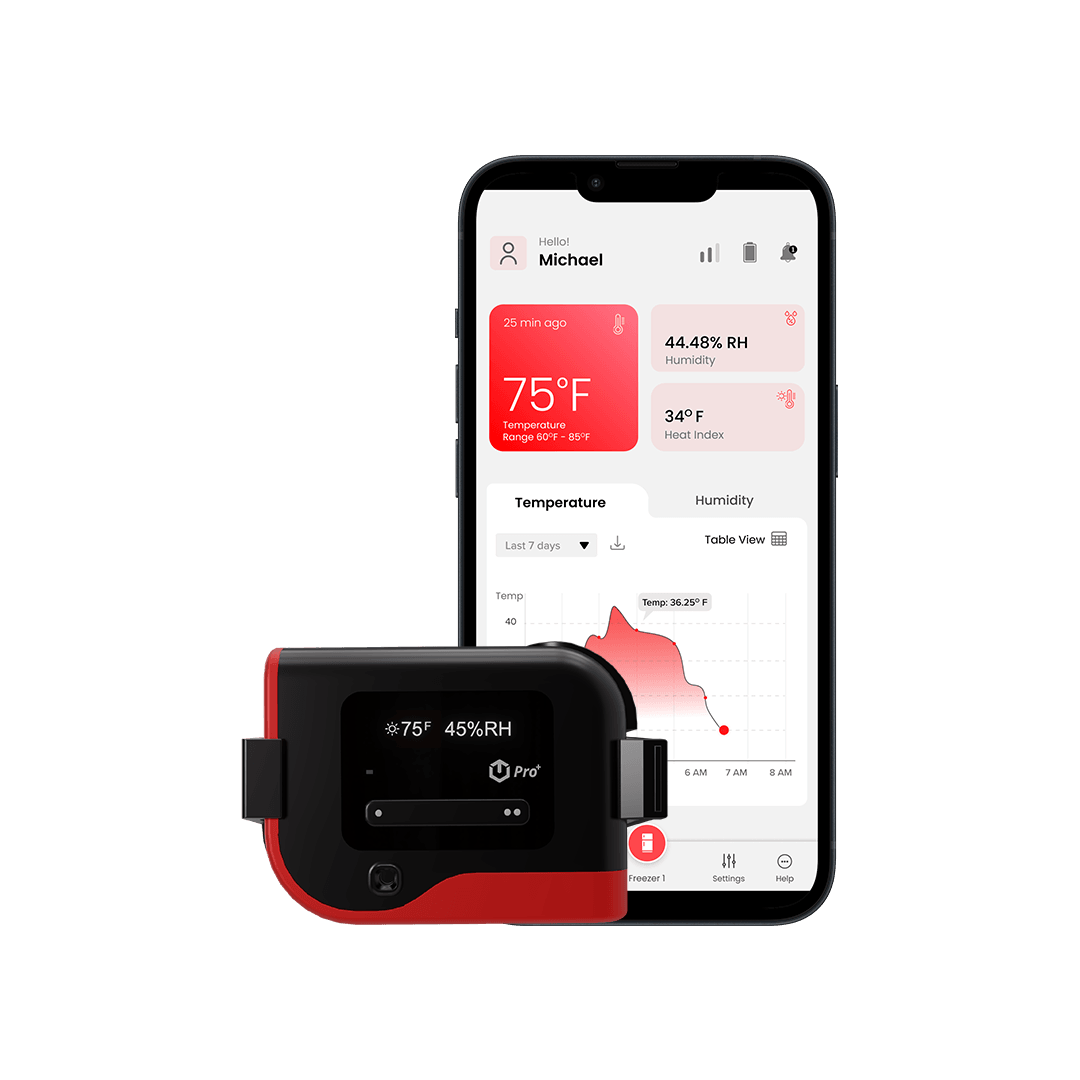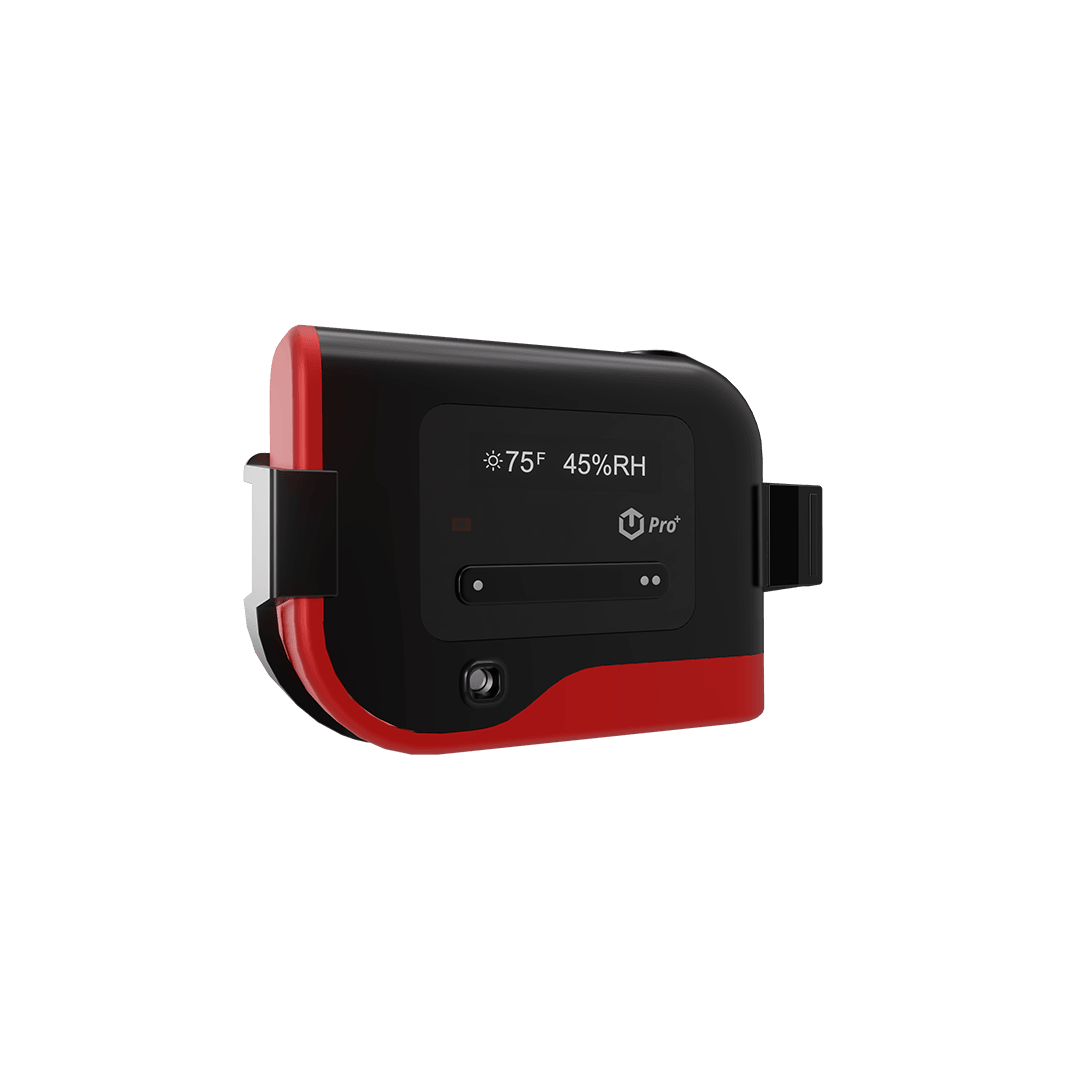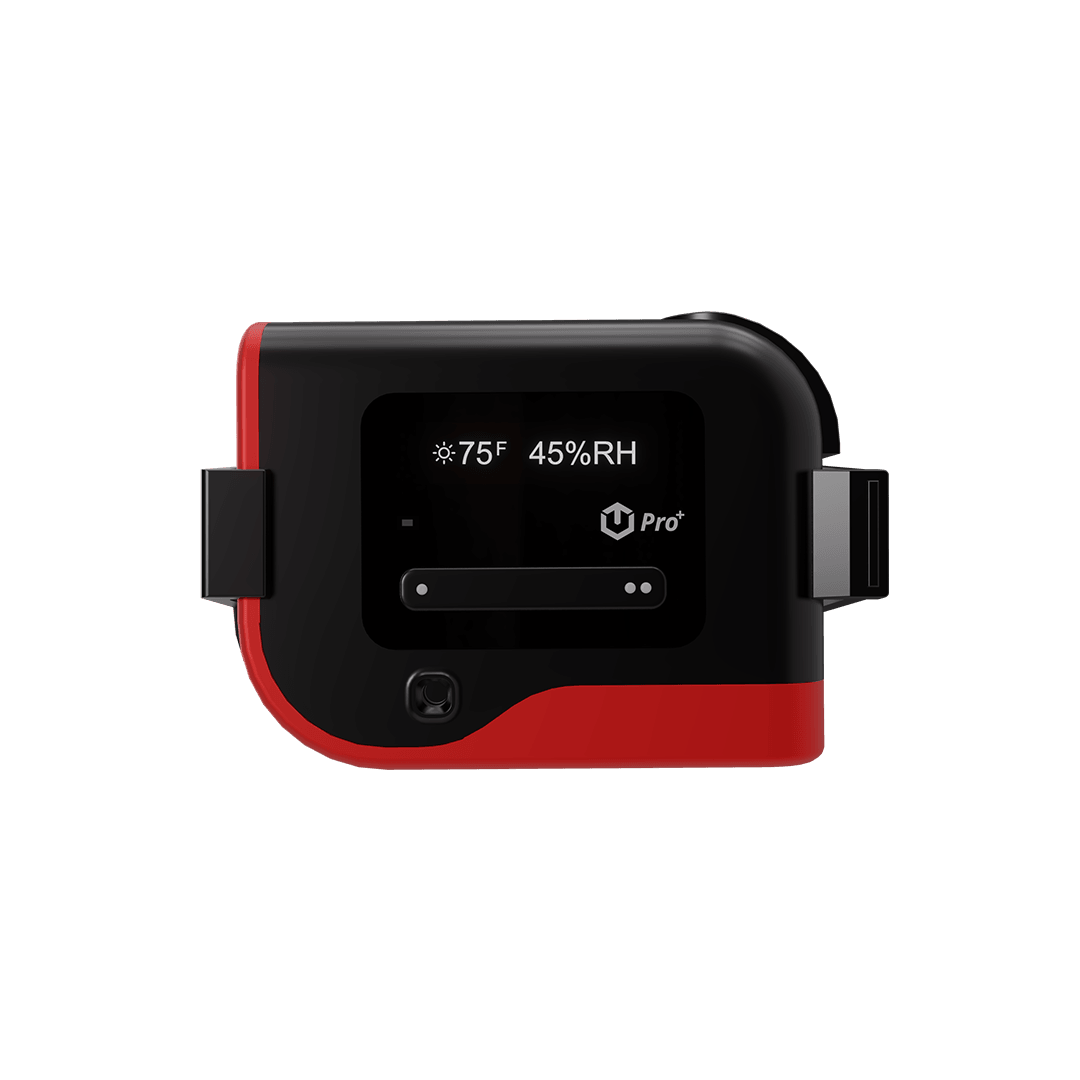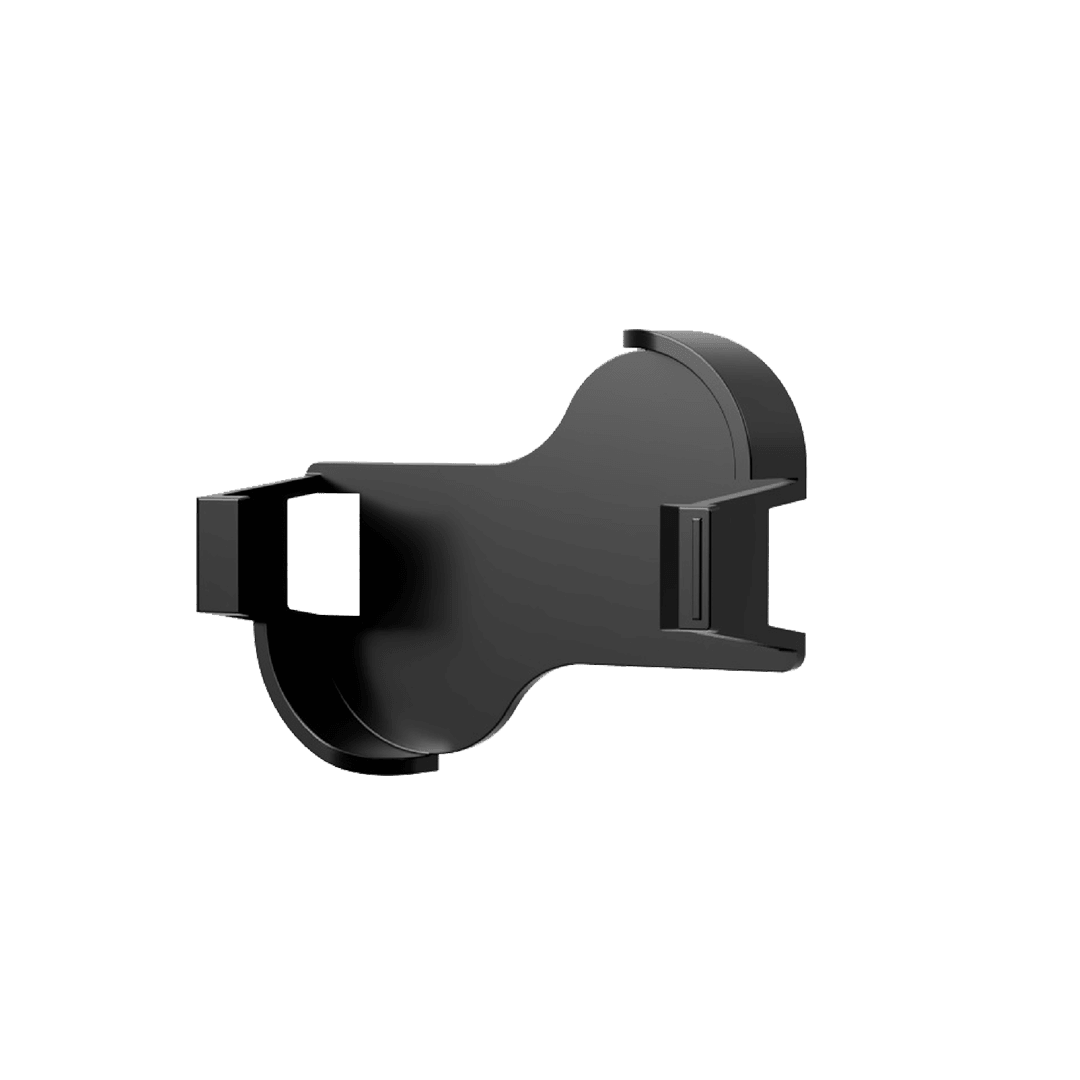Creating the perfect conditions for storing wine is essential for aficionados and collectors alike. The right temperature and humidity levels are crucial for preserving the aroma, taste, and overall quality of your wines. As we move into 2024, it's important to stay ahead of the curve with the latest advancements in wine cellar cooling units. These systems are specifically designed to maintain the ideal environment for your wine collection, ensuring that each bottle ages gracefully and maintains its character. In this blog, we'll dive into expert recommendations for the top wine cellar cooling units available in 2024, focusing on state-of-the-art technology, energy efficiency, and reliability. Whether you're designing a new cellar or upgrading an existing one, finding the best cooling system is a key step in safeguarding your wine investment.
Factors to Consider When Choosing a Wine Cellar Cooling Unit
When setting up the perfect environment for wine storage, selecting the right cooling unit is paramount. The market offers a range of options, each with unique features tailored to different needs. To make a well-informed decision, there are several factors to consider.
Size and Capacity
The size of your wine cellar and its storage capacity directly influence the type of cooling unit you should choose. A unit too small won't effectively maintain the desired temperature and humidity levels, while an overly large one can cause rapid cycling, leading to wear and inefficiency. It's crucial to calculate the cubic footage of your cellar and consider future expansion. Always opt for a cooling unit that can accommodate a slightly larger space than your current needs to ensure it can handle your collection as it grows.
Cooling Methodologies
- Cooling units for wine cellars typically employ one of three methods: self-contained, split system, or ducted system. Each has its benefits and limitations.
- Self-contained units are straightforward to install and cost-effective, ideal for smaller cellars or those with limited space. However, they can be noisier and less efficient for larger spaces.
- Split systems offer more flexibility with installation and can cool larger areas more efficiently without increasing noise or heat within the space. They require professional installation and are more costly upfront.
- Ducted systems provide the most aesthetic freedom, as the cooling unit can be placed in a remote location, with cool air ducted into the cellar. This setup is particularly useful for large collections or custom cellars, allowing for precise temperature and humidity control. The trade-off is higher installation complexity and cost.
Top Picks for Wine Cellar Cooling Units in 2024
The latest advancements in technology have brought forward several outstanding models that cater to various needs, from small residential cellars to large commercial collections.
tempCube Pro: Overview and Features
The TempCube Pro exemplifies modern innovation in wine cellar cooling, offering a compact yet powerful solution for enthusiasts and collectors alike. Key features include:
- Precision Control: With its advanced thermostat, the TempCube Pro allows users to maintain precise temperature and humidity levels within their cellar, ensuring optimal storage conditions for every type of wine.
- Quiet Operation: Designed with noise reduction in mind, it operates silently, minimizing disturbance.
- Energy Efficiency: It's engineered for efficiency, utilizing a minimal amount of energy to maintain stable conditions, thus reducing operating costs over time.
- Easy Installation: The unit comes with a user-friendly installation kit, making it accessible even for those with limited technical skills.
CellarMaster Series: Pros and Cons
The CellarMaster Series stands out for its durability and versatility, catering to a wide range of cellar sizes.
Pros:
- Versatile designs fitting almost any space
- High capacity models available for extensive collections
- Advanced feature set, including humidity control and air filtration
Cons:
- Higher price point compared to entry-level units
- Some models may require professional installation
The balance between high-end features and cost makes the CellarMaster an excellent choice for serious collectors willing to invest in long-term storage solutions.
EliteCool: Performance and Efficiency
EliteCool cooling units are recognized for their exceptional performance and energy efficiency. They're suitable for all sizes of wine cellars, providing:
- Superior Cooling Power: Capable of maintaining stable temperatures even in challenging environments.
- Energy Savings: Uses cutting-edge technology to reduce electricity consumption without sacrificing performance.
- Low Maintenance: Designed for reliability and longevity, requiring minimal upkeep.
- Flexibility: Offers models that can be self-contained, split, or ducted, providing solutions for any cellar design or size.
In conclusion, the TempCube Pro, CellarMaster Series, and EliteCool units represent the top of the line choices in 2024 for wine cellar cooling. When selecting a cooling system, consider the specific needs of your collection, including the size of your cellar, preferred cooling methodology, and the value you place on features like energy efficiency and noise level. Each of these units offers a unique set of advantages that can cater to the discerning wine collector's needs, ensuring that your collection will age perfectly for years to come.
Installation Tips and Best Practices for Wine Cellar Cooling Units
Ensuring your wine collection ages gracefully requires more than just selecting the perfect wine cellar cooling unit; it also involves proper installation. Incorrect installation can lead to numerous problems, such as uneven cooling and increased energy consumption. To guarantee your wine cellar operates efficiently and maintains the ideal conditions for your wine, follow these expert tips and best practices.
Firstly, carefully choose the location for your wine cellar cooling unit. It should be away from direct sunlight and sources of heat, such as kitchen appliances or heating ducts, to avoid overworking the unit. Additionally, consider the environment outside the space where the unit will vent. For instance, units venting to high-temperature areas may require additional insulation or cooling solutions to operate effectively.
Secondly, ensure your wine cellar is properly insulated and sealed. This step is crucial for maintaining consistent temperatures and humidity levels. Use a vapor barrier and high-quality insulation materials to protect against temperature fluctuations and humidity changes from the outside environment. Properly sealing doors and windows will also prevent cool air from escaping and warm air from entering.
Thirdly, size matters when it comes to selecting a cooling unit. It's essential to choose a unit that matches the size of your wine cellar. If the unit is too small, it will struggle to maintain the desired conditions, leading to potential damage to your wine. On the other hand, an overly large unit can cycle on and off too frequently, which can also harm your wine and waste energy. Consulting with an expert can help you determine the right size based on your cellar's dimensions, insulation, and bottle capacity.
Finally, pay attention to the installation guidelines provided by the manufacturer. Each model may have specific requirements or recommendations for venting, electrical connections, and clearance around the unit. Hiring a professional installer who has experience with wine cellar cooling units can ensure that the installation adheres to these guidelines and local building codes.
By following these installation tips and best practices, you can create the optimal environment for aging your wine collection, ensuring each bottle reaches its full potential.
Maintenance Guide for Prolonging the Lifespan of Your Wine Cellar Cooling Unit
Regular maintenance is key to prolonging the lifespan of your wine cellar cooling unit and ensuring it runs efficiently. Just as you care for your wine collection, taking care of your cooling system will protect your investment. Here are maintenance tips that will help keep your unit in top condition for years to come.
First and foremost, clean or replace the air filters regularly. Dust and debris can clog the filters, reducing airflow and forcing the unit to work harder than necessary. This not only increases energy consumption but also puts unnecessary strain on the system, potentially leading to early failure. Check the filters every three to six months, depending on the amount of dust in the environment.
Secondly, keep the area around the cooling unit clear. Avoid stacking boxes, wine cases, or other items near the unit. Proper airflow is crucial for efficient operation, and obstructions can lead to overheating. Ensure there's adequate space around the unit for air to circulate freely.
Thirdly, monitor the temperature and humidity levels within your wine cellar. Irregularities in these conditions can signify a problem with your cooling unit. Installing a digital hygrometer/thermometer can help you keep an eye on the environment. If you notice significant fluctuations, it may be time to call a professional to inspect your unit.
Fourthly, schedule an annual check-up with a qualified technician. Regular professional maintenance can catch issues before they become significant problems, saving you money and hassle in the long run. A technician can perform tasks like checking coolant levels, testing electrical connections, and cleaning the condenser coils.
Lastly, be mindful of strange noises or odors coming from your wine cellar cooling unit. These can be early warning signs of failure. Addressing these issues promptly can prevent damage to your wine collection.
By adhering to this maintenance guide, you can ensure that your wine cellar cooling unit remains efficient, effective, and reliable. This proactive approach not only protects your wine collection but also maximizes the return on your investment in a high-quality wine storage solution.
Final Thoughts
Investing in a high-quality wine cellar cooling unit is paramount for anyone serious about maintaining their wine collection in the best possible condition. The right system will not only ensure the longevity and preservation of your wine but also enhance its flavor and complexity over time. Whether you lean towards a versatile system like the tempCube Pro or any other option we discussed, it's crucial to consider factors such as size, noise level, installation requirements, and energy efficiency when making your decision.
To summarize, when selecting the best wine cellar cooling unit for 2024:
- Assess the size of your wine cellar to ensure proper coverage by the cooling unit.
- Opt for units with low noise output to maintain a peaceful environment.
- Consider the ease of installation and whether professional help might be required.
- Prioritize energy-efficient models to minimize operational costs and environmental impact.
By carefully weighing these considerations and choosing among the expert-recommended systems, you can be confident in providing your wine collection with the ideal storage conditions. This investment not only safeguards your collection but elevates your wine experience to its fullest potential.
